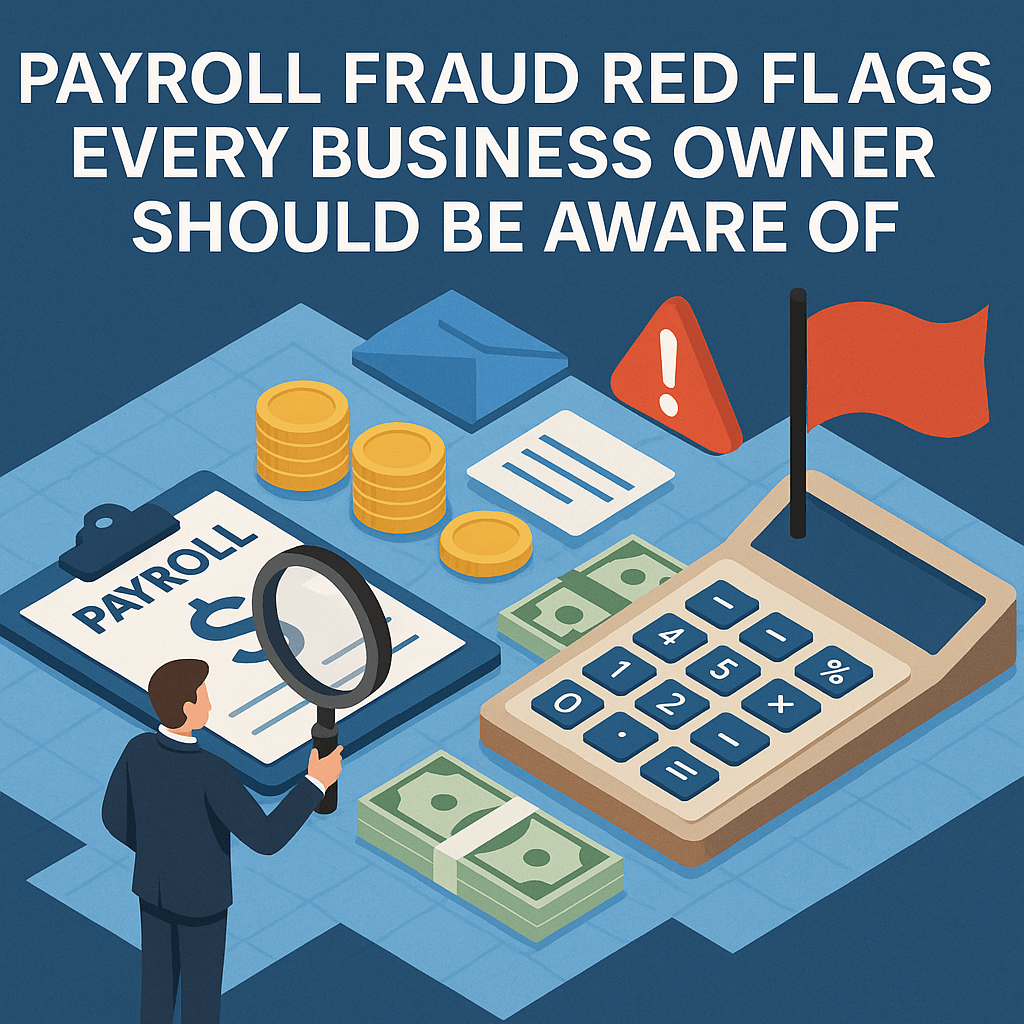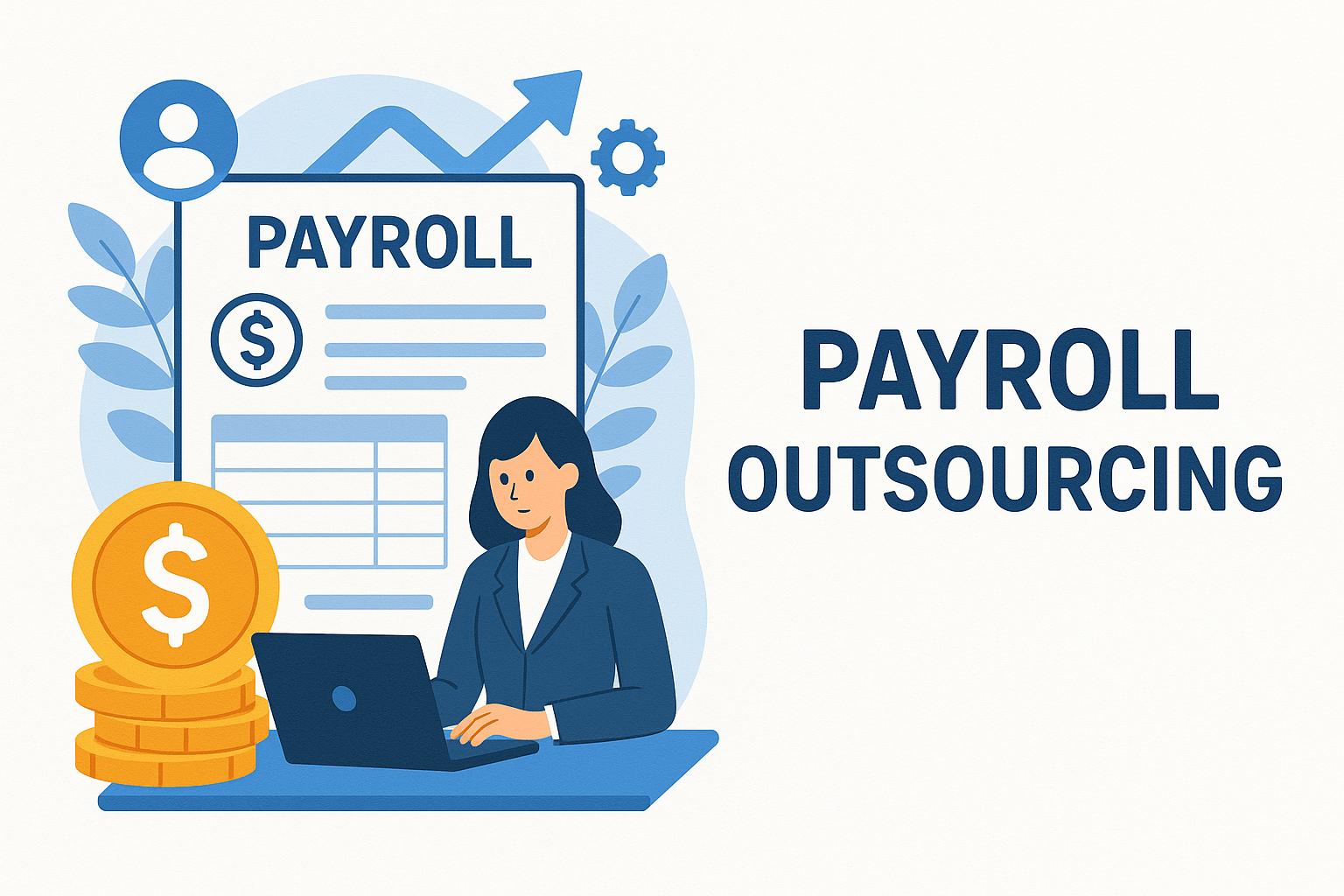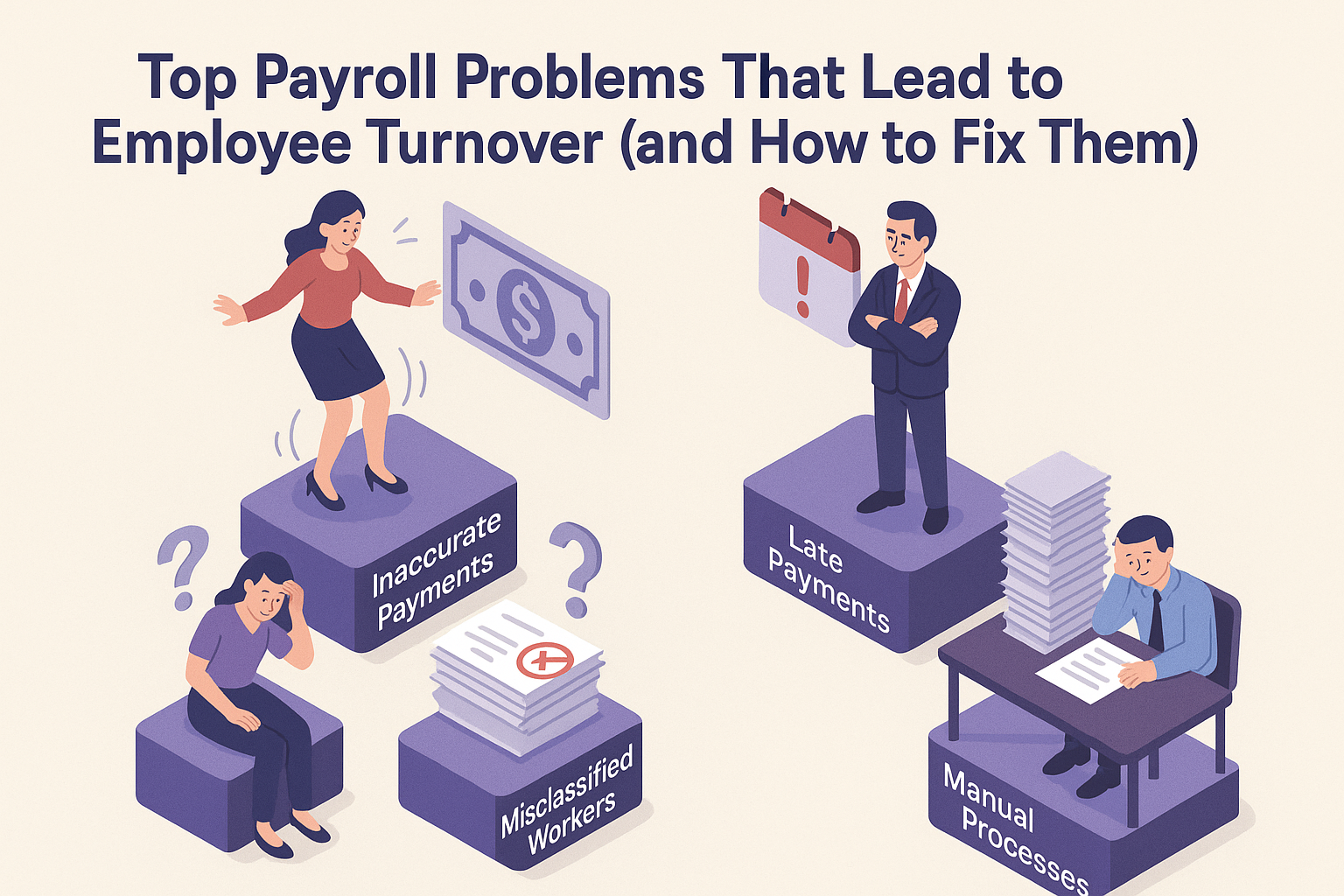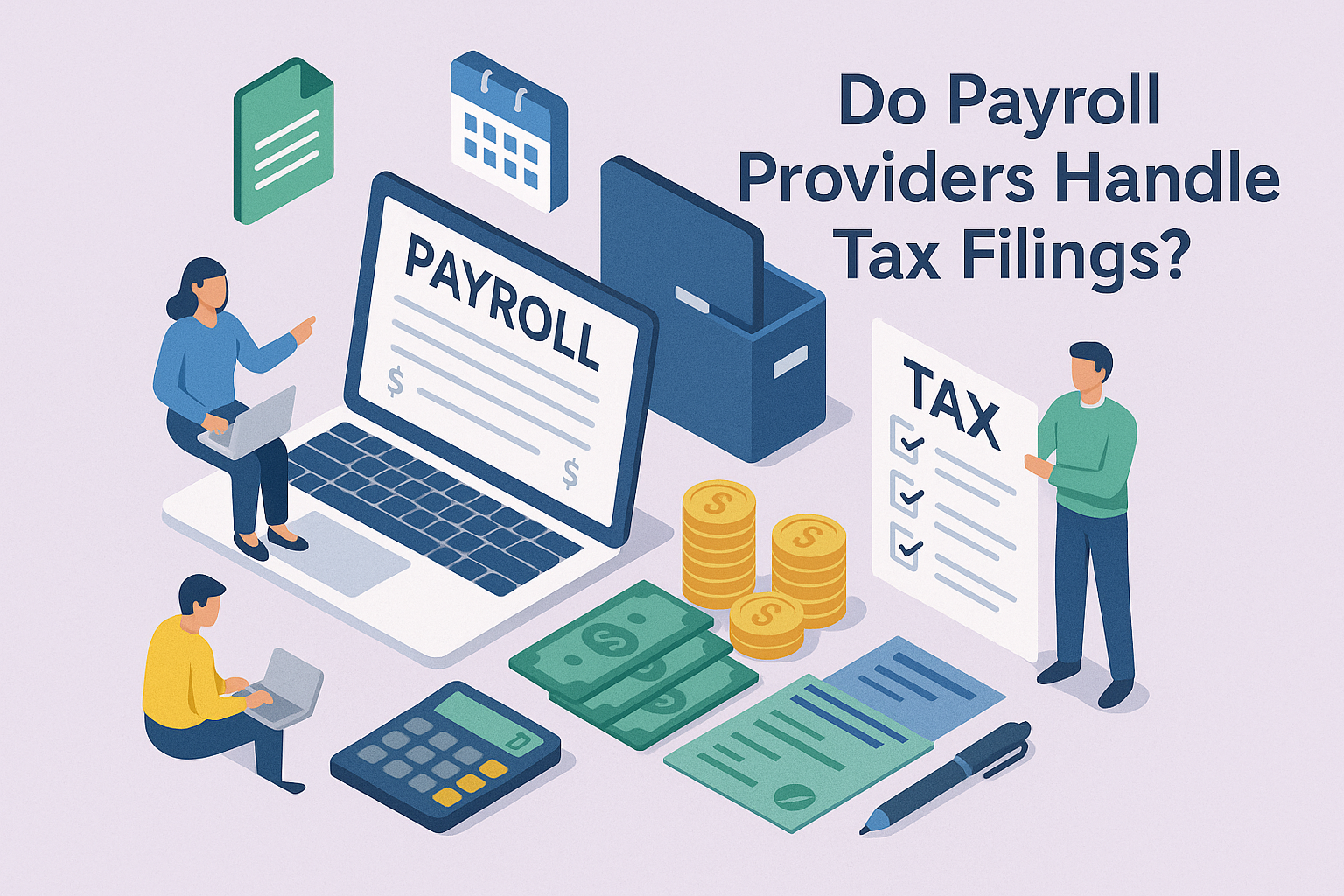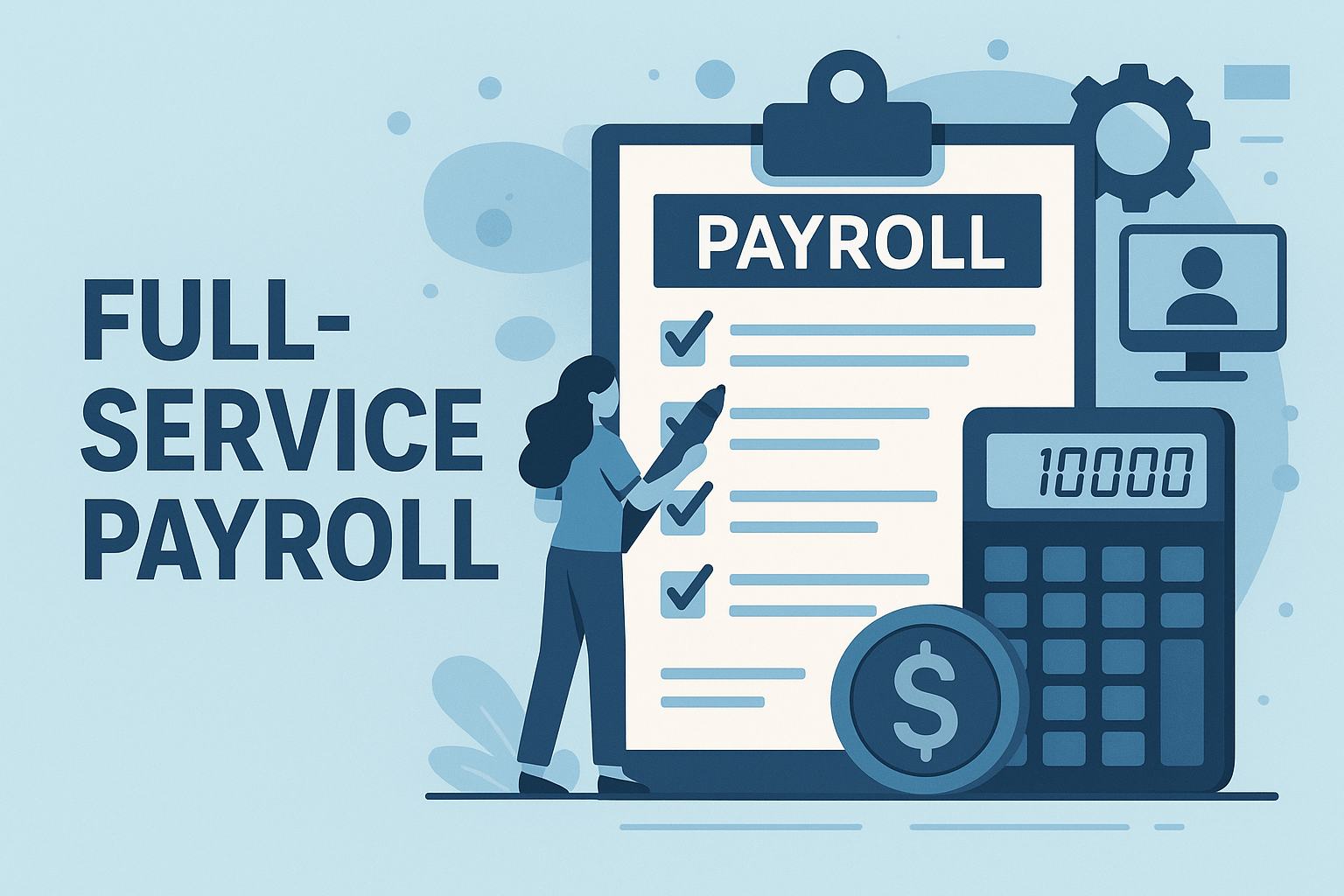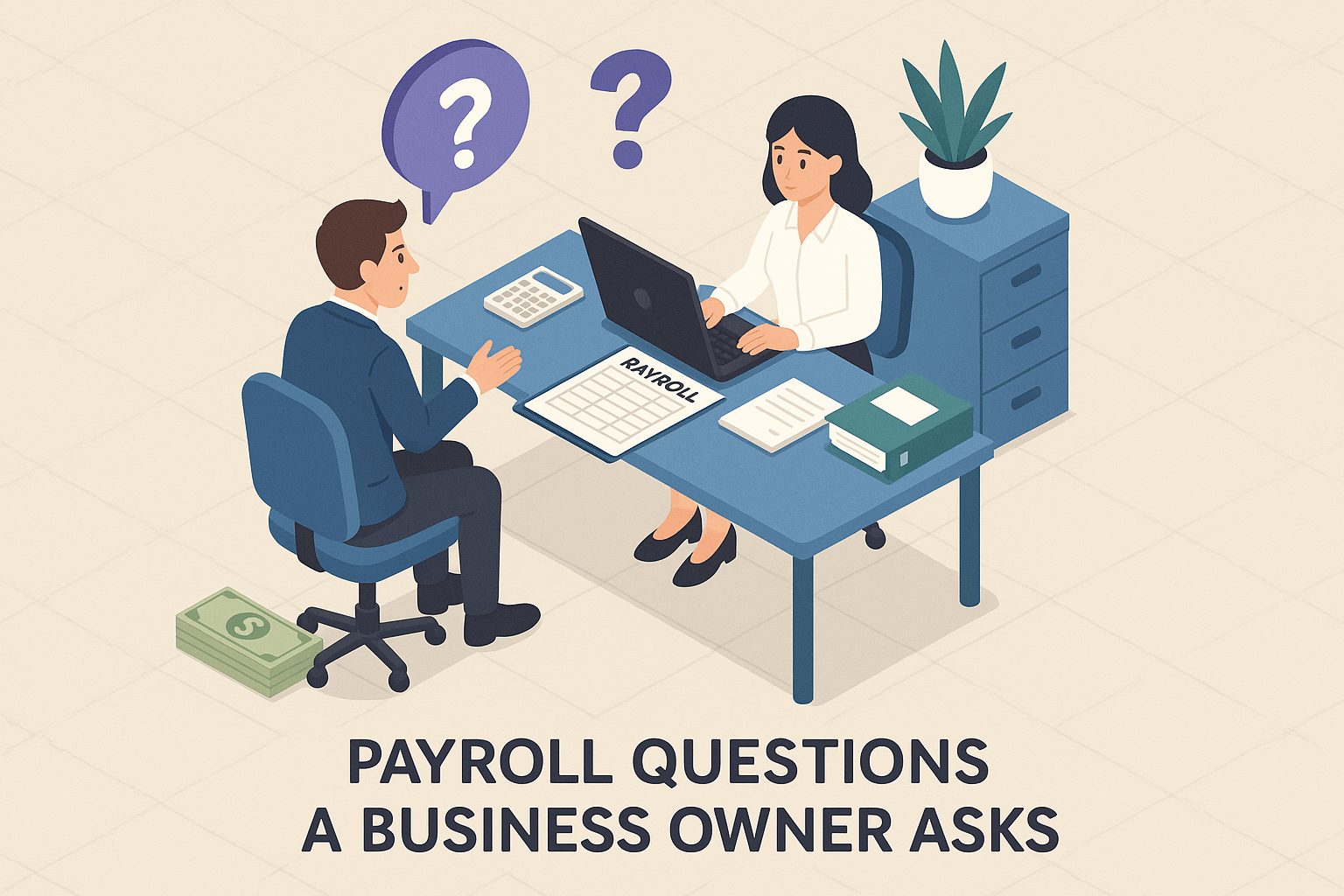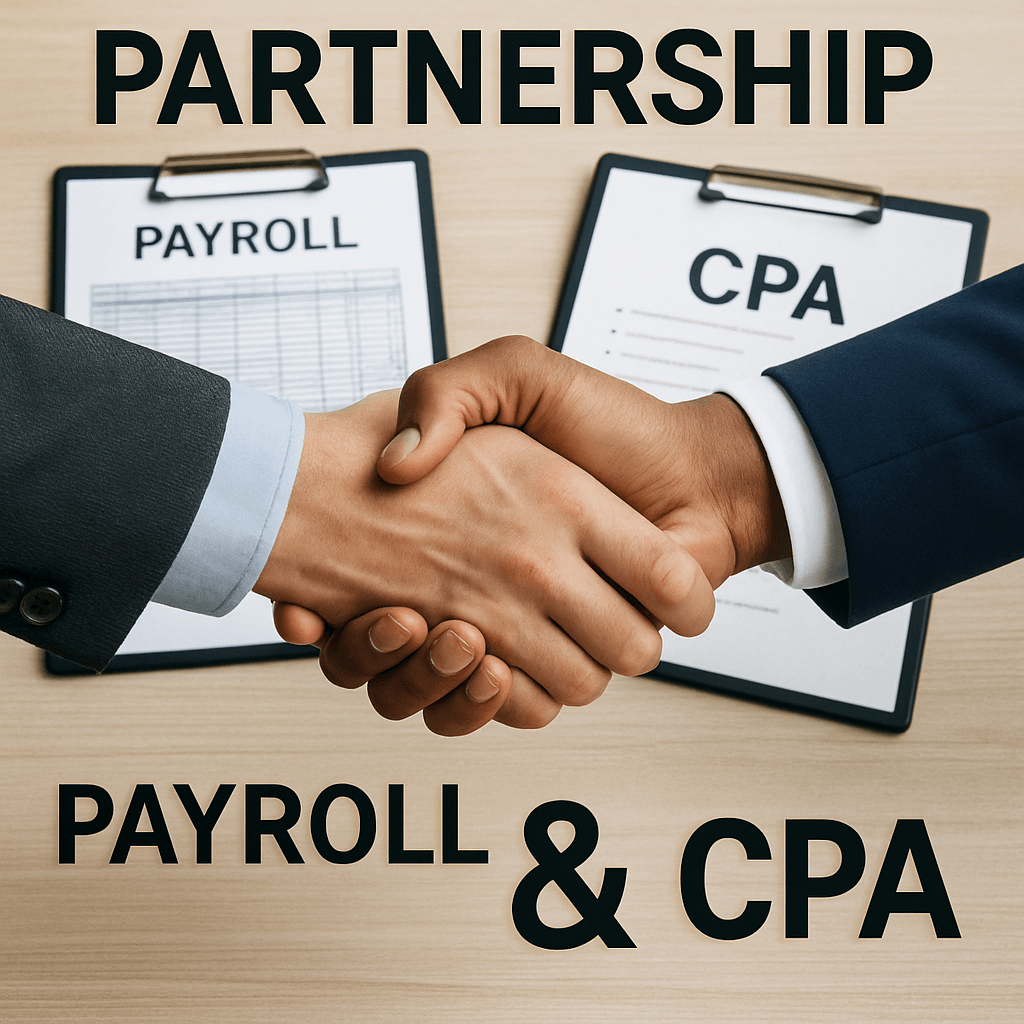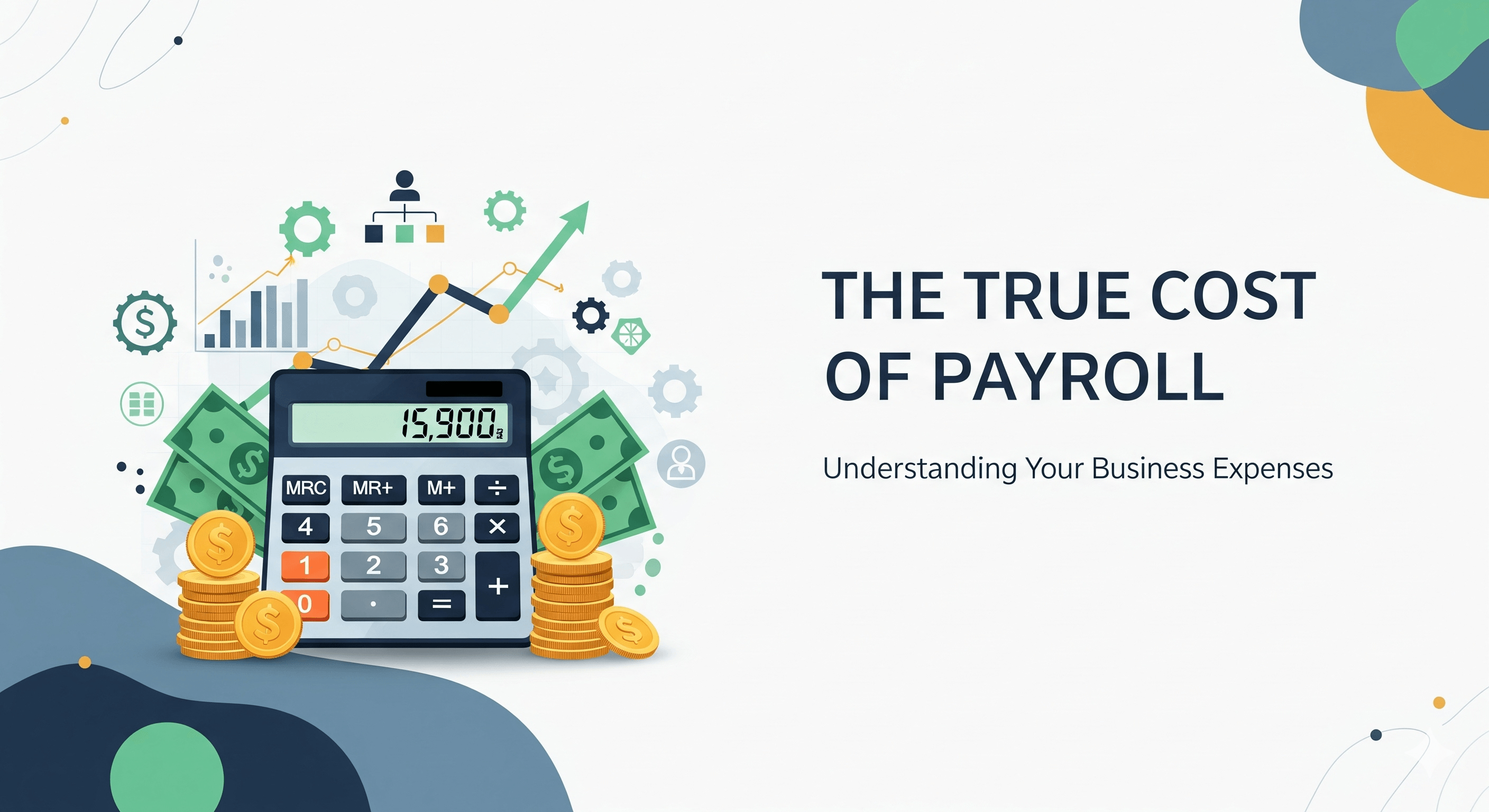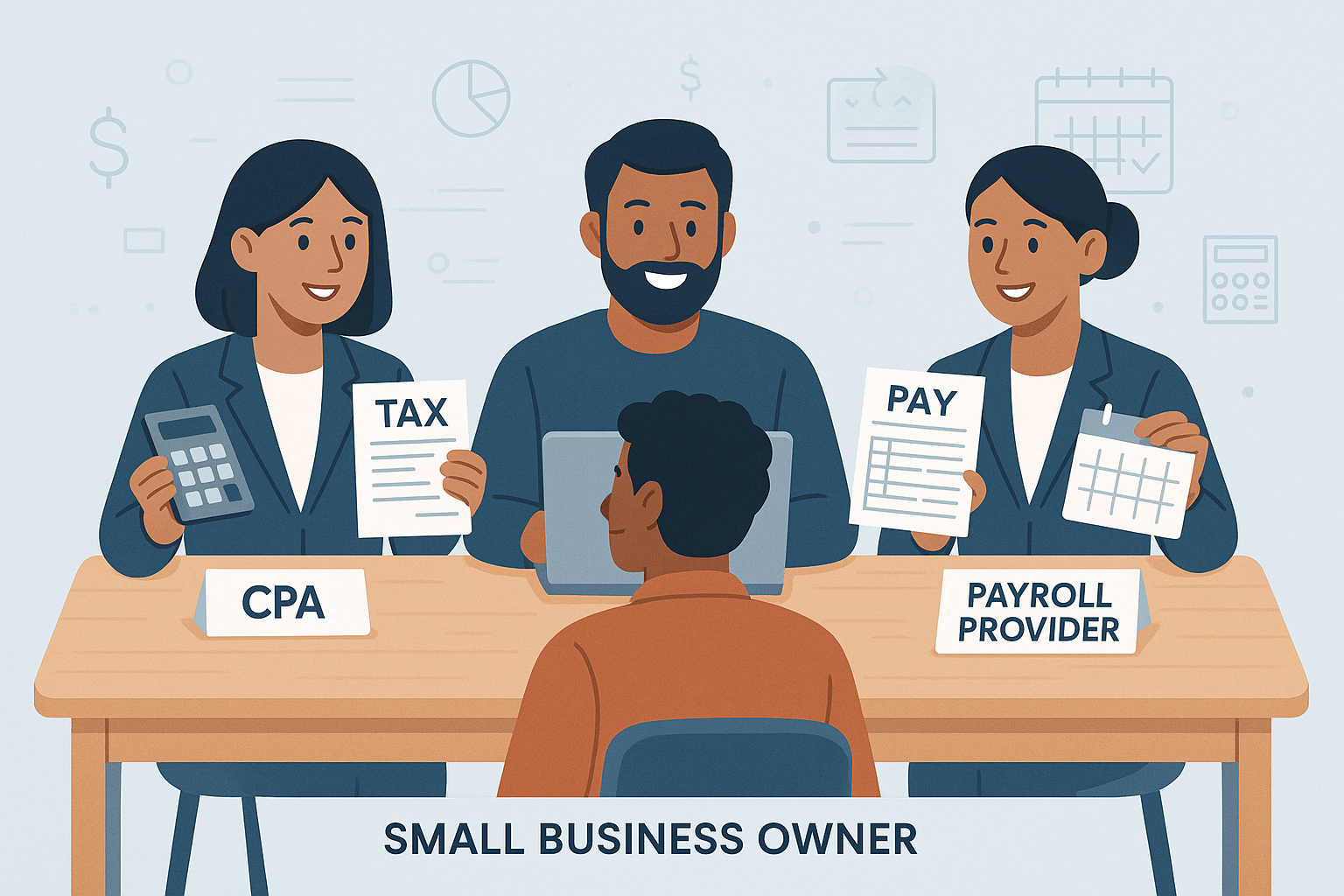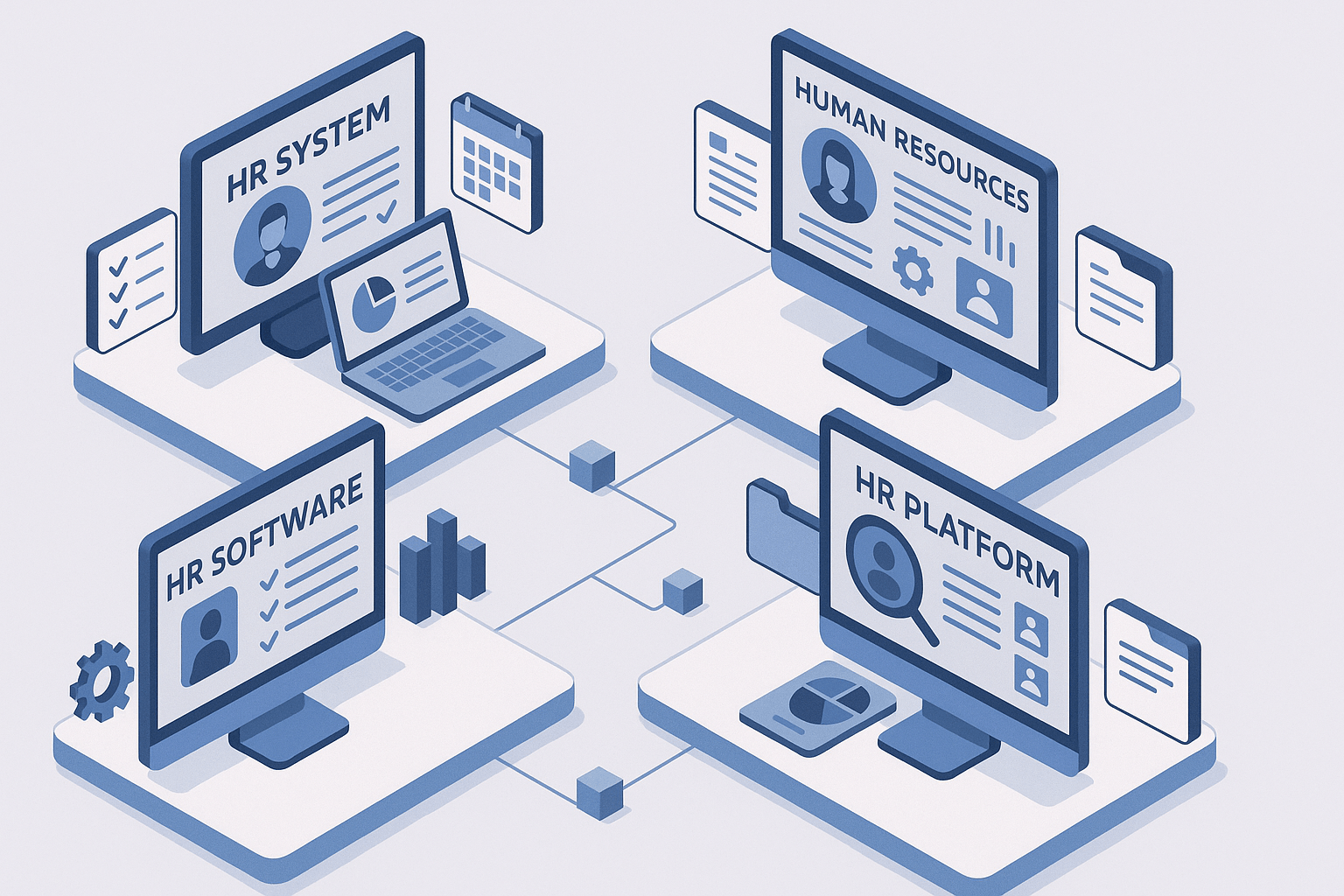Business Guide to Payroll Audits: Compliance, Checklists & Best Practices
February 12th, 2025
7 min read

Payroll audits: the phrase alone can make your heart race. The mere thought of government regulators combing through your payroll data might leave you wondering, “Am I compliant?” or “What if they find mistakes?” These concerns are valid—audits can be stressful, disruptive, and costly if you’re unprepared. But they don’t have to be scary when you have the right strategies in place.
At Lift HCM, we've helped many businesses navigate payroll audits. We know the pressure and disruptions they can cause if you're unprepared. This resource will guide you in organizing records, avoiding mistakes, and confidently handling audits.
Table of Contents
- What is a Payroll Audit?
- Why Payroll Audits Matter
- The Consequences of a Poorly Managed Payroll Audit
- Step-by-Step Guide to Prepare for a Payroll Audit
- How Technology (Like Lift HCM) Can Streamline the Audit Process
- Frequently Asked Questions About Preparing for a Payroll Audit
- Facing Payroll Audits with Confidence with Lift HCM
What is a Payroll Audit?
A payroll audit is a systematic review of your company’s payroll processes, records, and compliance practices to ensure you meet all legal, tax, and regulatory requirements. Audits can be initiated internally to assess your payroll health or externally by agencies like the IRS, Department of Labor, or third-party firms.
Common Triggers for Payroll Audits:
- Discrepancies in tax filings
- Employee complaints about wages or benefits
- Routine compliance checks by regulatory agencies
Think of a payroll audit as a check-up for your business. Just as routine doctor visits can catch issues early, proactive payroll audits can help identify and correct compliance errors before they become costly.
Why Payroll Audits Matter
Many organizations—small and large alike—view payroll audits as nerve-wracking moments. Will the auditors find errors? Will this disrupt normal operations? The stakes can indeed be high. Failing to adhere to payroll regulations can lead to fines, lawsuits, or damaged reputations.
- Compliance: Not complying with labor laws can lead to penalties, fines, or even legal action.
- Employee Satisfaction: Ensuring that employees are paid correctly, and on time, fosters trust and boosts morale.
- Financial Health: Regularly auditing payroll processes can help detect financial mismanagement or fraud before it grows out of control.
Bottom line: A properly managed payroll system protects your employees, your business’s finances, and your company’s good name.
The Consequences of a Poorly Managed Payroll Audit
When businesses fail to take payroll audits seriously or ignore key compliance obligations, the fallout can be significant.
- Financial Penalties: Fines for compliance errors or employee misclassification can add up quickly.
- Reputational Damage: Audits can affect employee morale and trust, and a poor compliance record can harm your standing with regulators.
- Operational Disruptions: Teams may scramble to gather data, disrupting your daily business operations.
.png?width=647&height=586&name=consequences%20of%20poorly%20managed%20payroll%20audit(1).png)
Being proactive can turn these potential downfalls into an opportunity to refine and improve your payroll systems, ensuring smoother operations in the long run.
Step-by-Step Guide to Prepare for a Payroll Audit
Step 1. Organize Your Payroll Records
Why It Matters: The first question an auditor often asks is, “Can you show me your payroll documents?” Having everything readily available is crucial.
Documents to Gather:
- Payroll Registers – These summarize each pay period’s wages, deductions, and net pay.
- Timesheets and Attendance Records – Proof of hours worked for hourly employees.
- Employee Classification and Job Descriptions – Documentation showing if employees are exempt or non-exempt, full-time or part-time, and their roles.
- Tax Forms – This includes W-4s, W-2s, 1099s (for contractors), and any relevant local or state forms.
- Benefits Information – Records of contributions to retirement plans, health insurance premiums, and any other benefits.
- Pay Policies – Company policies regarding paid time off, sick leave, overtime, and so on.
📌 Pro Tip: Utilize digital tools like Lift HCM’s payroll software – isolved People Cloud – to maintain records securely and make retrieval easy. Proper organization not only simplifies audits but also helps your business run smoothly year-round.
Step 2. Review Compliance Requirements
Why It Matters: Compliance isn’t just about avoiding penalties; it’s also about respecting your workforce and staying aligned with laws.
- Federal Laws: Familiarize yourself with the Fair Labor Standards Act (FLSA) and the Equal Pay Act, which lay out rules for minimum wage and fair compensation.
- State & Local Wage Regulations: State-specific rules can differ from federal rules. For instance, some states have a higher minimum wage or different overtime thresholds.
- Industry Guidelines: Certain fields like healthcare or construction may have specialized rules.
Common Compliance Errors to Avoid:
- Misclassifying employees as independent contractors
- Not paying overtime correctly (e.g., time-and-a-half for hourly employees who exceed 40 hours per week)
- Missing deadlines for tax filings
Step 3. Conduct an Internal Payroll Audit
Why It Matters: Think of an internal audit as a dress rehearsal. If you catch issues now, you won’t be as stressed when the “main event” (external audit) comes around.
Key Focus Areas:
- Employee Classifications: Double-check who’s considered exempt vs. non-exempt.
- Payroll Calculations: Verify hourly wages, overtime, bonuses, and deductions.
- Tax Filings: Ensure payroll tax deposits match your tax forms.
The goal is to spot any “red flags” internally and fix them before an external auditor points them out.
Step 4. Train Your Staff
Why It Matters: A payroll audit involves multiple departments—HR, accounting, and sometimes IT—so everyone should be on the same page.
Training Topics:
- Required Documentation: Let staff know what records an auditor might ask for.
- How to Respond: Train them on who should talk to auditors and how to manage deadlines.
- Communication Protocols: Make sure employees understand the chain of command when issues or questions arise.
Having a well-prepared team helps you maintain calm and ensures the audit can proceed without chaos or misunderstandings.
How Technology (Like Lift HCM) Can Streamline the Audit Process
Payroll technology has come a long way, moving beyond simple data entry to robust tools that can automate calculations, track hours, ensure compliance, and generate detailed reports on the fly.
- Centralized Employee Information: With a system like iSolved People Cloud, all employee data—from wages to benefits—is stored in one secure platform. No more hunting through multiple spreadsheets!
- Automated Calculations: Software can automatically compute wages, overtime, and even tax deductions, reducing the risk of human error.
- Real-Time Compliance Checks: Top-tier solutions will alert you if new labor laws might affect your current payroll settings.
- Easy Reporting: Generate payroll reports at the click of a button, so you can hand over the right documents to auditors without breaking a sweat.
This isn’t just about minimizing headaches. By investing in HCM (Human Capital Management) solutions, you’re also freeing up your team to focus on more strategic, high-value tasks instead of manual data entry and double-checking numbers.
Frequently Asked Questions About Preparing for a Payroll Audit
To help you prepare, we’ve compiled a list of the most common questions (and answers) about payroll audits!
1. How Can I Best Prepare My Team Before an Audit?
Question:
What should we do internally to get our team ready for a payroll audit?
Answer:
- Assign a Point Person: Pick one individual (e.g., HR manager or CFO) to lead the process so there’s no confusion about who’s steering the ship.
- Collect Necessary Documentation: Start gathering payroll registers, timesheets, W-2s, employee classification info, and records of benefits/deductions.
- Review Employee Data: Make sure names, addresses, and Social Security numbers (or equivalent IDs) are all up to date.
- Update Policies: Double-check that your company’s policies align with the latest regulations in your region. If any rules changed recently (like an updated state minimum wage), make sure your payroll system reflects that.
- Offer Targeted Training: If your team lacks knowledge in specific areas (e.g., proper overtime calculations), schedule a quick workshop to bring everyone up to speed.
2. How Do I Ensure My Employee Classifications Are Correct?
Question: I often hear about employee misclassification issues. How can I confirm our employee classifications are accurate?
Answer:
- Exempt vs. Non-Exempt: Exempt employees (often salaried) must meet certain criteria related to their job duties and salary thresholds. Non-exempt employees (often hourly) are entitled to overtime pay.
- Contractors or 1099 Workers: These folks aren’t typically on the regular payroll. However, the IRS and Department of Labor have strict rules about who qualifies as a contractor. If your “contractor” has duties and a schedule similar to an employee, you could face fines for misclassification.
Bottom line: If you’re unsure, consult legal counsel or use a robust HCM platform that helps you categorize workers accurately.
3. What Are Common Payroll Errors That Auditors Look For?
Question: Which types of mistakes do auditors frequently catch, and how can I avoid them?
Answer:
- Incorrect Overtime Calculations: Perhaps the most common slip-up. When employees work more than their standard 40 hours (or alternative threshold based on state or local law), their pay must reflect the proper overtime rate.
- Misclassification of Contractors and Employees: Placing a worker in the wrong category can lead to tax and benefit errors.
- Unrecorded Bonuses or Commission Pay: Any additional compensation must be reported correctly to avoid compliance issues.
- Wrong Tax Withholdings: Whether federal, state, or local, taxes must be withheld accurately and paid on time.
- Missing or Incomplete Documentation: Auditors want to see proof of hours worked, wages earned, and benefits provided. Lack of detailed records raises red flags.
4. Why Is Regular Data Reconciliation Important?
Question: We hear a lot about reconciling payroll data. How does that help us with audits?
Answer:
- Prevents Errors: Reconciliation—comparing internal payroll records to external statements (like bank or tax records)—helps you catch inconsistencies early.
- Protects Against Fraud: If payroll records show more money going out than what’s reflected in your bank statements, you might have an internal issue that needs immediate attention.
- Improves Accuracy: When your payroll, accounting, and HR data match, you’re less likely to face confusion during an audit.
- Makes Audits Easier: The more frequently you reconcile, the fewer surprises you’ll encounter when an external auditor shows up.
5. How Do We Handle Errors Found During the Audit?
Question: Mistakes happen. What’s the best approach when an audit uncovers a slip-up?
Answer:
- Own the Mistake: Acknowledge it openly. Auditors are more understanding when you show honesty and cooperation.
- Fix It Fast: Correct the error, whether it’s back pay owed to an employee or an amended tax form.
- Communicate with Employees: If the issue affects wages or benefits, let employees know in simple terms what happened and how you’re resolving it.
- Prevent Repeat Offenses: Investigate what caused the error and establish new safeguards—like additional training or system updates.
- Seek Professional Help: If the issue is major, consult an attorney or payroll specialist right away.
6. What If We’re Selected for a Surprise Audit by a Government Agency?
Question: Sometimes government agencies do random checks. How do we stay audit-ready year-round?
Answer:
- Perform Regular Internal Audits: Schedule monthly or quarterly check-ups instead of waiting for year-end.
- Stay Informed About Legal Changes: Payroll regulations can shift quickly, especially regarding minimum wage or tax brackets.
- Automate and Organize: A solution like Lift HCM keeps your records all in one place. That way, you aren’t fumbling for data when an auditor calls.
- Train Continuously: Offer ongoing education for HR and payroll staff so they’re never behind on compliance trends.
.png?width=754&height=543&name=payroll%20audit%20checklist(2).png)
Facing Payroll Audits with Confidence with Lift HCM
Payroll audits used to feel overwhelming and disruptive, but now you have a clear roadmap to success. You’ve learned how to organize records, review compliance requirements, and leverage technology to streamline the process.
At Lift HCM, we see audits not as obstacles but as opportunities to enhance payroll systems. With the right preparation and tools, you can tackle audits confidently and focus on growing your business.
Your next step? Explore how Lift HCM’s solutions can simplify your payroll and compliance needs. Contact us today to learn how Lift HCM can streamline your payroll compliance!
Caitlin Kapolas is a results-driven professional with a strong background in account management and retail. She is dedicated to improving client experiences and building lasting relationships. Caitlin excels in identifying client needs, resolving issues, and implementing customized solutions that drive value. Her effective communication skills ensure high client satisfaction and loyalty, making her a trusted advisor and partner in meeting client needs with precision and professionalism.
Topics:





